Ataxia / Spastic paraplegia panel
Addresses hereditary neurological disorders characterised by ataxia and spastic paraplegia, including various forms of ataxia. It covers a spectrum of conditions with overlapping symptoms and includes repeat expansion analysis for the most common inherited ataxias.
- TAT : 28 working days
- Sample : EDTA blood
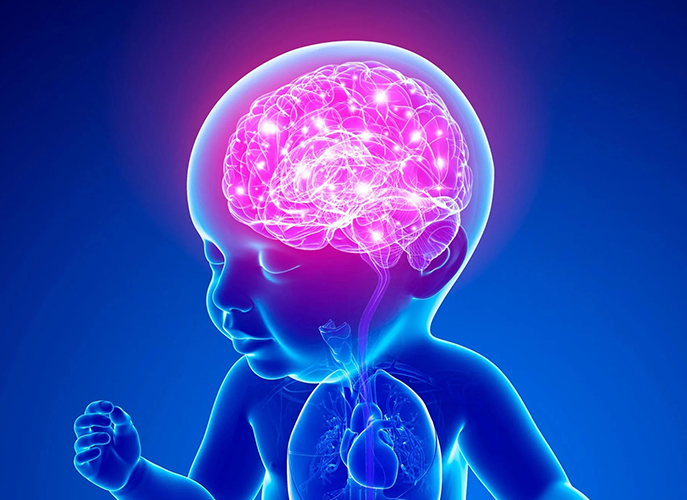
Included Syndromes & Disorders
- Cerebellar ataxia
- Episodic ataxia
- Pontocerebellar hypoplasia
- Spinocerebellar ataxia
ICU
Designed to tackle various genetic conditions that can manifest in newborns or early childhood, often with similar symptoms and a need for prompt treatment. It offers clinicians the convenience of a single test to accurately diagnose newborn-related diseases using dried blood spots.
- TAT : 28 working days
- Sample : EDTA blood

Included Syndromes & Disorders
- Alagille syndrome
- Alpha-Thalassemia
- Arginase deficiency
- Beta-Thalassemia
- Biotinidase deficiency
- Biotin-thiamine-responsive basal ganglia disease
- Carnitine deficiency
- Cystic Fibrosis
- Dystonia DOPA responsive
- Factor VII deficiency
- Glucose transporter 1 deficiency
- Glutaric acidemia Type 1
- Hereditary fructose intolerance
- Holocarboxylase synthetase deficiency
- Maple syrup urine disease (MSUD)
- Non ketotic hyperglicinemia
- Phenylketonuria
- Pompe disease
- Primary coenzyme Q10 deficiency
- Pyridoxamine 5 phosphate oxidase deficiency
- Pyridoxine-dependent epilepsy
- Pyruvate carboxylase deficiency
- Tuberous sclerosis complex
- Tyrosinemia type I
- VLCAD deficiency
Mito Comprehensive
Covers the entire mitochondrial genome and can detect heteroplasmy down to 15.0%. It also tests for nuclear genes related to mitochondrial diseases, which primarily impact organs with high energy demands.
- TAT : 28 working days
- Sample : EDTA blood
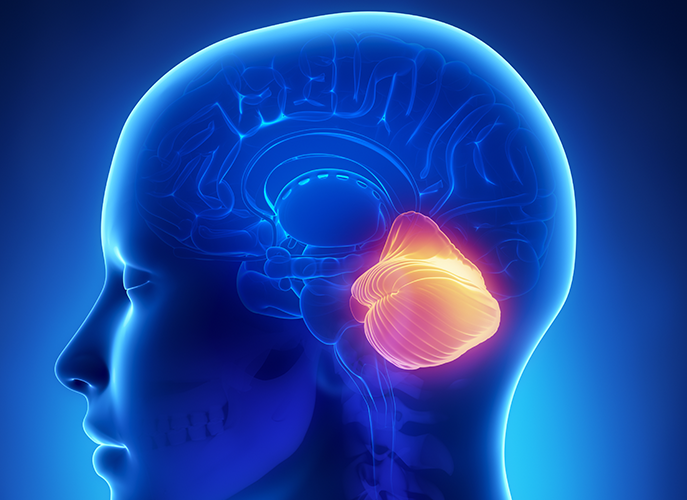
Included Syndromes & Disorders
- Chronic progressive external ophthalmoplegia
- Kearns-Sayre syndrome
- Leigh’s syndrome and maternally inherited Leigh’s syndrome
- Mitochondrial disorders
- Mitochondrial encephalomyopathy, lactic acidosis & stroke-like episodes
- Myoclonus epilepsy with ragged red fibers
- Myogastrointestinal encephalomyopathy
- NARP
- Neonatal mitochondrial hepatopathies
- Pearson syndrome
Mito Genome
Includes mitochondrial genes. Nuclear mitochondrial genes are not included.
- TAT : 28 working days
- Sample : EDTA blood
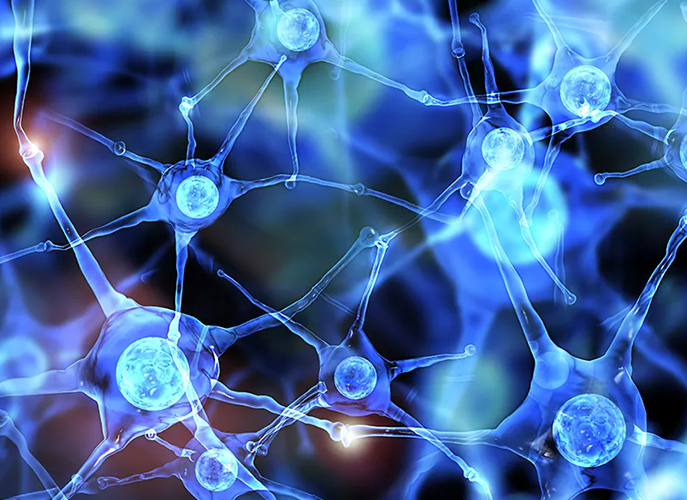
Included Syndromes & Disorders
- Chronic progressive external ophthalmoplegia
- Kearns-Sayre syndrome
- Leber hereditary optic neuropathy
- Leigh-like syndrome
- Leigh syndrome
- Mitochondrial disorders
- NARP
Neuro
Designed to detect various neurological disorders, but it does not include repeat expansion analysis. For conditions involving repeat expansions or Duchenne muscular dystrophy suspicion, specific panels or tests are recommended.
- TAT : 28 working days
- Sample : EDTA blood
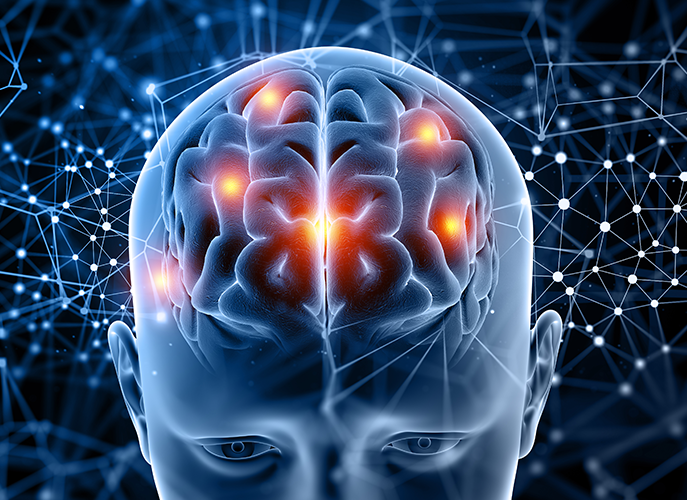
Included Syndromes & Disorders
- Amyotrophic lateral sclerosis
- Arthrogryposis multiplex congenita
- Ataxia
- Dementia
- Dolichoectasia
- Dystonia
- Epilepsy
- Familial hemiplegic migraine
- Frontotemporal dementia
- Hypogonadotropic hypogonadism
- Intellectual disability
- Joubert syndrome
- Kallman syndrome
- Leigh syndrome
- Leukodystrophy and peroxisome biogenesis disorders
- Meckel syndrome
- Mitochondrial encephalomyopathy
- Neonatal mitochondrial hepatopathies
- Neuromuscular disorders
- Parkinson´s disease
- Refsum disease
- Spastic paraplegia
- Tuberous sclerosis
- Zellweger syndrome
Amyotrophic lateral sclerosis (ALS) / Dementia panel
Designed for detecting ALS, Alzheimer's, dementia, and frontotemporal dementia, along with differentiating diseases with similar symptoms. It includes carefully selected genes and covers actionable diseases but does not detect Huntington's disease.
- TAT : 28 working days
- Sample : EDTA blood
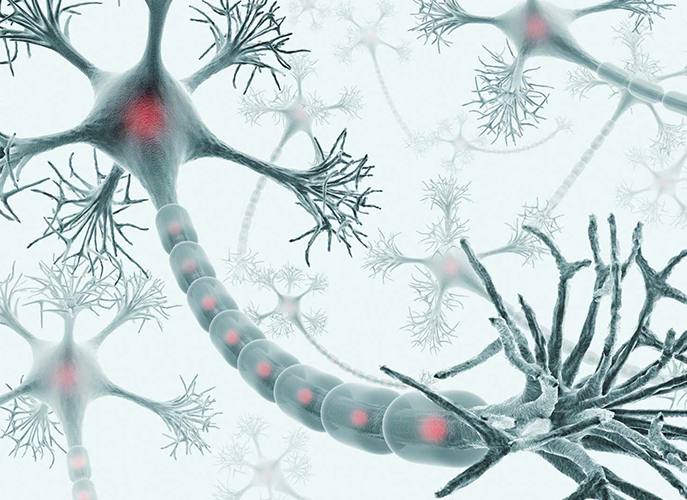
Included Syndromes & Disorders
- Alzheimer's disease
- Dementia
- Frontotemporal dementia
- Hexosaminidase A deficiency
- Niemann-Pick disease
- Wilson´s disease
Epilepsy panel
Focused on specific seizure syndromes, including Dravet syndrome, early infantile epileptic encephalopathy, various types of epilepsy, and it also covers genes related to mitochondrial disorders like myoclonic epilepsy with ragged red fibers (MERRF).
- TAT : 28 working days
- Sample : EDTA blood
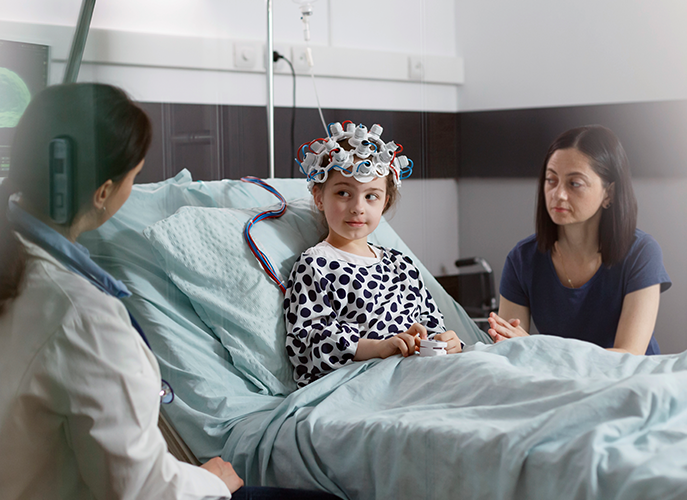
Included Syndromes & Disorders
- Aicardi-Goutieres syndrome
- Brain iron accumulation syndromes
- Congenital glycosylation disease
- Dravet syndrome
- Early infantile epileptic encephalopathy
- Epilepsy
- Epilepsy (absence) in childhood
- Epilepsy (generalized) with febrile seizures
- Epilepsy (partial)
- Epileptic encephalopathy
- Hypomagnesemia
- Leigh syndrome
- Leukodystrophy and peroxisome biogenesis disorders
- Lysosomal storage disease
- Mitochondrial DNA depletion
- Mitochondrial encephalomyopathy
- Muscular dystrophy-dystroglycanopathy
- Myoclonic epilepsy
- Urea cycle disorder
Intellectual disability panel
For intellectual disabilities encompasses various inheritance mechanisms, including syndromic and non-syndromic autism, microcephaly, neuronal migration disorders, developmental regression, and Aicardi Goutieres. It also allows for the detection of Fragile X syndrome by including repeat expansion analysis of FMR1.
- TAT : 28 working days
- Sample : EDTA blood
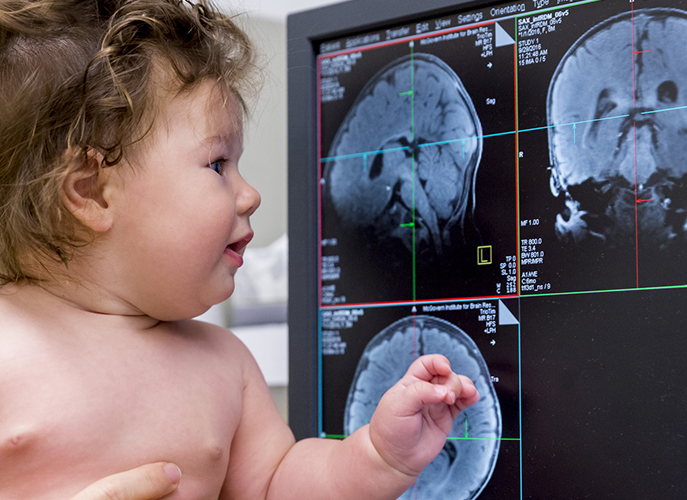
Included Syndromes & Disorders
- Aicardi-Goutieres syndrome
- Bardet-Biedl syndrome
- Epileptic encephalopathy
- Intellectual disability AD, AR, XL
- Micro syndrome
- Microcephaly
- Neurodevelopmental disorders
- Neuronal migration disorders
- Syndromic autism
Neuromuscular panel
Suitable for patients with various conditions. It includes metabolic myopathies, muscular dystrophies, Charcot-Marie-Tooth disease, congenital myasthenic syndromes, congenital myopathies, myofibrillar myopathies, nemaline myopathies, and other disorders characterised by symptoms like hypotonia, myotonia, or weakness. It also addresses arthrogryposis for the differential diagnosis of early-onset neuromuscular disorders. For suspected Duchenne muscular dystrophy, additional deletion/duplication analysis of the DMD gene is recommended.
- TAT : 28 working days
- Sample : EDTA blood
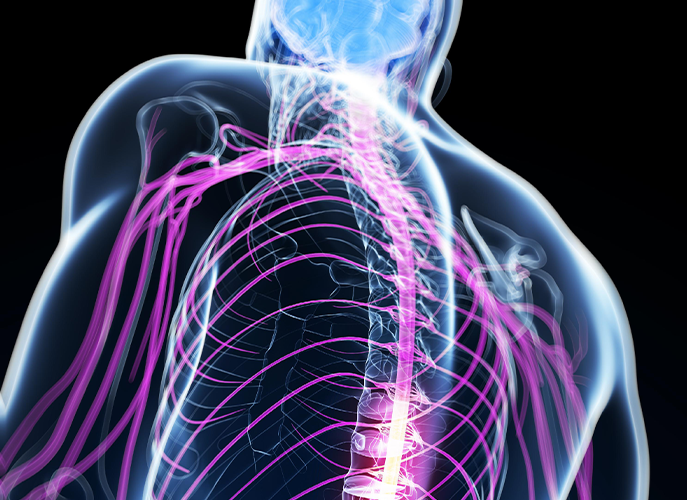
Included Syndromes & Disorders
- Arthrogryposis
- Bethlem myopathy
- Charcot–Marie–Tooth disease
- Congenital myasthenic syndrome
- Congenital myopathy
- Dejerine-Sottas syndrome
- Hyperekplexia
- Hypotonia
- Malignant hyperthermia
- Metabolic myopathies
- Muscular dystrophy
- Muscular dystrophy-dystroglycanopathy type A
- Myofibrillar myopathy
- Myopathy-rhabdomyolysis syndrome
- Nemaline myopathy
- Non-dystrophic myotonia congenita
- Spinal muscular atrophy type 1
- Ullrich muscular dystrophy
Parkinson's disease panel
Designed to identify all relevant genetic variants related to the development and treatment of PD. PD is characterised by neuronal loss in specific areas of the substantia nigra and the accumulation of the intracellular protein α-synuclein. The core motor symptoms of PD include tremor, muscle rigidity, and bradykinesia.
- TAT : 28 working days
- Sample : EDTA blood

Included Syndromes & Disorders
- Alzheimer disease
- Basal ganglia calcification
- Niemann-Pick disease
- Parkinson‘s disease
- Striatal degeneration

